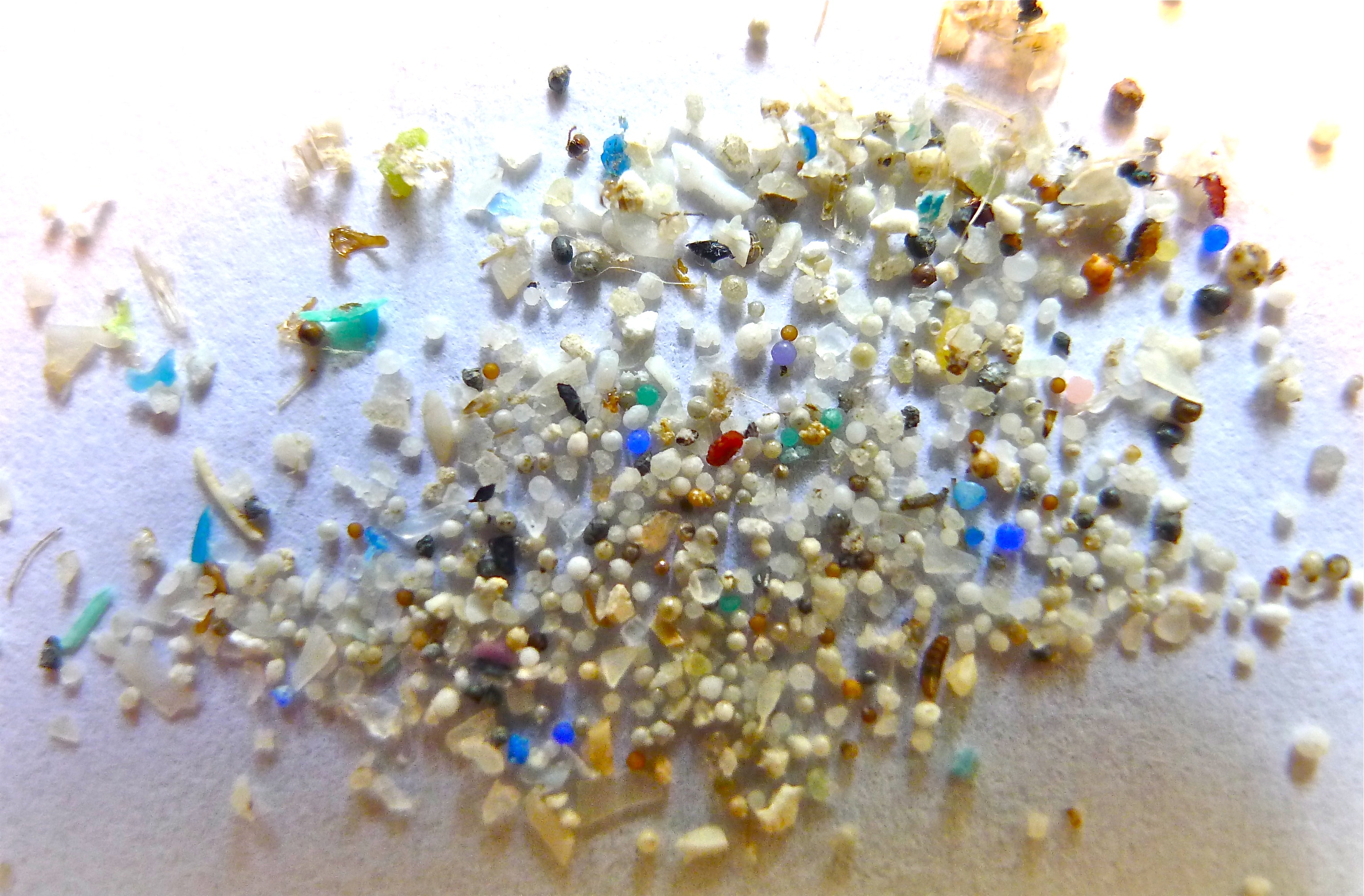ECHA may have overestimated number of substances with nanoform on the EU market - low number of REACH nano registrations bother ECHA, blames industry

ECHA has expressed frustration about the persistently low number of REACH registrations for substances in nanoform.
New nano-specific registration requirements came into force on January 1st, 2020 under EU’s chemical legislation, but the registration of substances on the nanoform remains low.
ECHA’s initial estimate was that the number of nanomaterials would be around 300, but the submissions as of November 2020 was just 150. Notably, this number is more than doubled that of October 2020. This raises a concern that ECHA may have overestimated the number of substances with nanoform on the EU market. Several industry groups that have reported substances on nanoform believe that ECHA has and that the actual number is much lower.
ECHA stands by their estimate, as the estimate is not taken from thin air, but based on projections performed during the REACH amendments, complemented by analysis of the European Union Observatory for Nanomaterials (EUON) database. There are currently 340 unique substances in the EUON database, which collects data from national databases. Substances are listed in the EUON if they have been notified as nanomaterials to inventories in one of the member states (France or Belgium), included in the European Commission list of nanomaterial ingredients under the cosmetic products Regulation; or registered as nanoforms under REACH.
ECHA officials says that the industry is missing the point of the discussion and have become distracted from the real problem, which is that many nanosubstances on the market are non-compliant, which again leads to a lack of data on their safety. ECHA is doing intensive work to raise awareness about the registration, but companies remain oblivious to their legal obligations and that the industry is slow to register nanomaterials. A possible explanation given by Wim De Coen, Head of ECHA’s hazard assessment unit, is that companies have been late to get it done. Another hurdle could be the difficulty of sharing confidential business information that hangs together with the characterization of nanosubstances. Only two of the 27 member states in the EU have committed to follow up on the issue.
 English
English Danish
Danish






